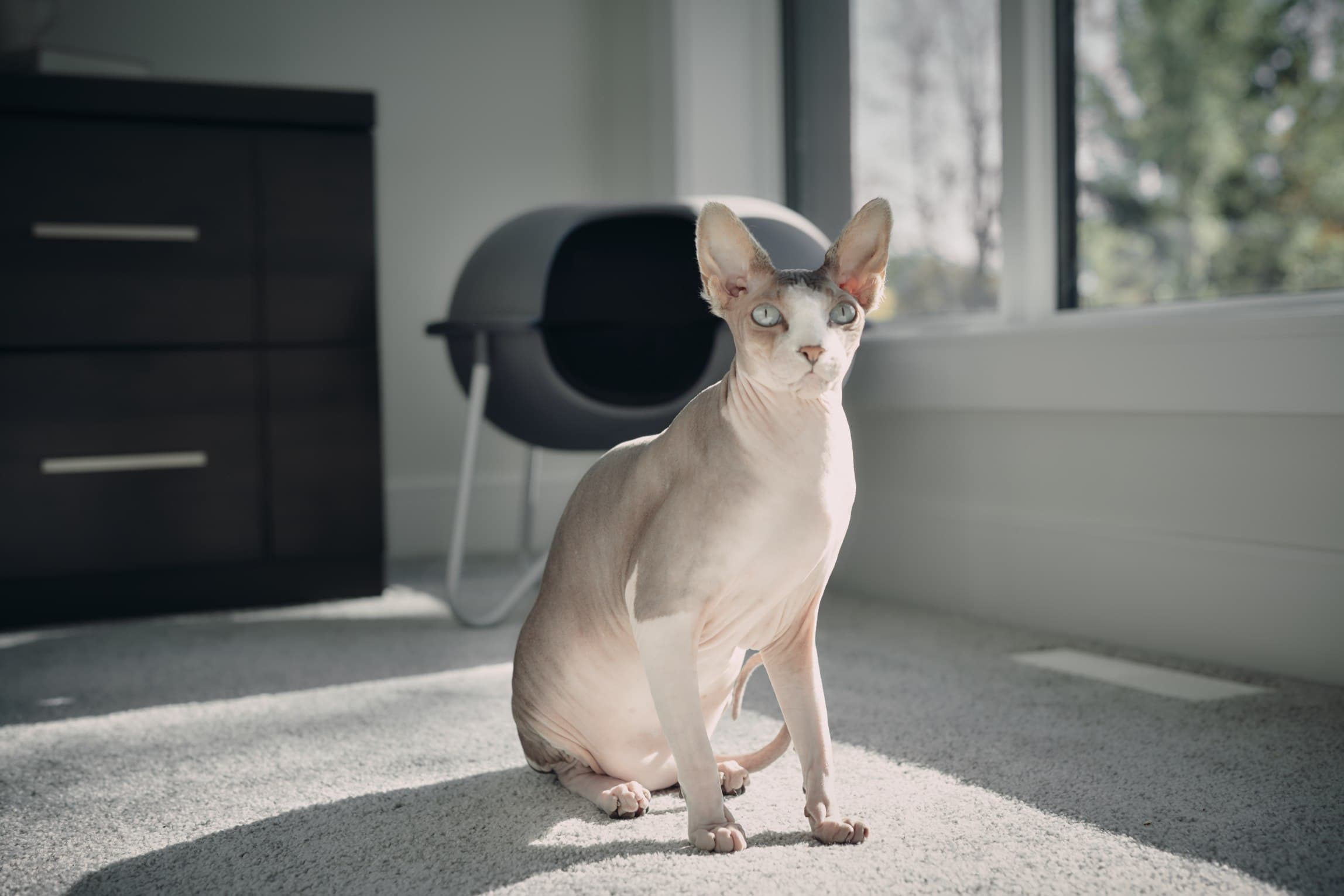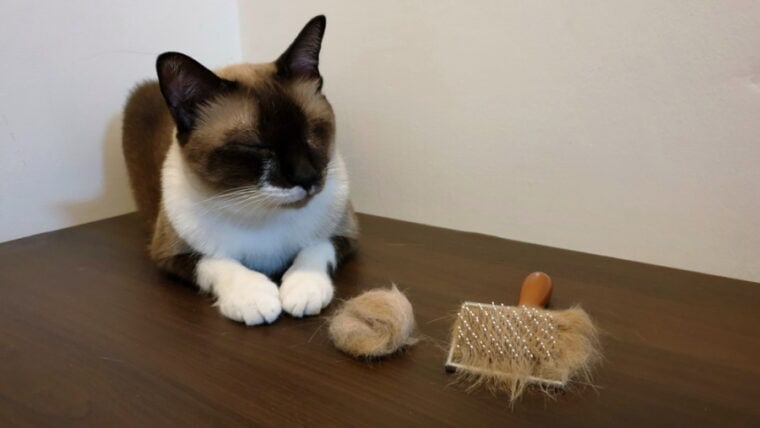
Click to Skip Ahead
Hairballs and cats go hand in hand. If you’re a first-time cat owner, it can be easy to assume that hairballs are more of a frequent appearance than they are. This can lead to an inevitable worry about your cat if they don’t cough up a hairball at all.
Despite common misconceptions though, hairballs aren’t a normal occurrence in cats. If your cat never suffers from hairballs, it’s nothing to worry about.
To explain away some of your confusion—and ease your concerns about your hairball-less cat—we’ve put together this guide to answer some common questions.
What Are Hairballs?
Also known as trichobezoar, hairballs are clumps of hair that build up in your cat’s digestive system before your cat vomits it up. They’re caused by your cat ingesting loose or dead hair as they groom themselves.
While most of the hair passes harmlessly through their system, some of it gets left behind in the digestive tract. Since the keratin that makes up hair isn’t digestible, the hair slowly builds up into a hairball over time.
The name is a bit of a misnomer and hairballs aren’t shaped like a ball at all. Instead, they’re often a long, tube-like shape of densely packed hair. This is due to the passage from the stomach and up through the esophagus. Unlike vomit which contains bile and undigested food, hairballs are often only accompanied by digestive fluid.
Most of the time, hairballs are relatively harmless. While it’s not a pleasant experience for anyone, least of all your cat, there isn’t usually anything to worry about. Especially if your cat isn’t showing any signs of lethargy, diarrhea, constipation, or loss of appetite that could signify another health concern.
There are cases when hairballs can be trickier for your cat to expel though. If the hairball builds up and creates a blockage, it can cause serious health issues and require surgery to remove it.
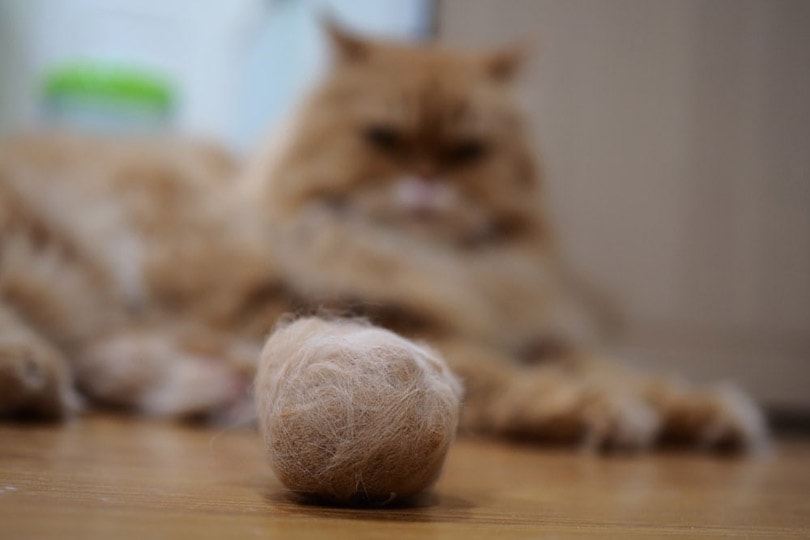
Is it Normal for a Cat to Have Hairballs?
Since they spend so much of their time grooming themselves, a cat’s body is uniquely developed to be able to pass a certain amount of hair through their digestive system. More often than not, this process runs smoothly. The hair they’ve ingested is usually excreted with their bowel movements.
Hairballs, however, are a sign that your cat’s digestive system can’t quite keep up with the amount of ingested hair. While hairballs are a common sight for many cat owners, they’re not normal and can be problematic.
Usually, hairballs are a result of overgrooming—which can be a sign of stress, pain, or skin conditions—or they can be caused by digestive problems.
You can treat hairballs with specially formulated cat food, gels, and treats, but you might need a trip to the vet too. A veterinarian’s diagnosis will help you treat the underlying cause of hairballs. This is essential if your cat’s hairballs are related to an illness or stress.
Do All Cats Suffer From Hairballs?
While hairballs might be common for a lot of cats, not all cats will suffer from them. There are several reasons why your cat might be more or less likely to cough up a hairball. Here are a few of the most common factors:
Hairless Cats
The cat breeds that are the least likely to suffer from hairballs are hairless breeds like the Peterbald or Sphynx. These cats will clean themselves just as avidly as their furry friends but they also don’t have hair to swallow. Unless you have another cat with fur that your hairless feline grooms excessively, they’re unlikely to suffer from hairballs at all.
Grooming Routine
On average, an adult cat will spend between 15–50% of their day grooming. It’s part of their routine and is completely normal behavior. Grooming helps them keep their coat free of debris and regulate their body temperature. It’s also a way for some cats to reassure themselves in stressful situations.
Cats that spend more of their time grooming are generally more likely to have a hairball problem. While they might not be overgrooming—which is a problem in itself—spending so much of their time ingesting hair can make it difficult for them to pass it through their system.
Kittens
Compared to adult cats, kittens don’t spend nearly as much time grooming themselves. When they do, they’re often not nearly adept enough at washing themselves that they don’t ingest a lot of hair at all.
As your kitten grows, they slowly learn the best way to groom themselves. Even though hairballs aren’t considered normal, they go to show how efficient your adult cat is at cleaning themselves.
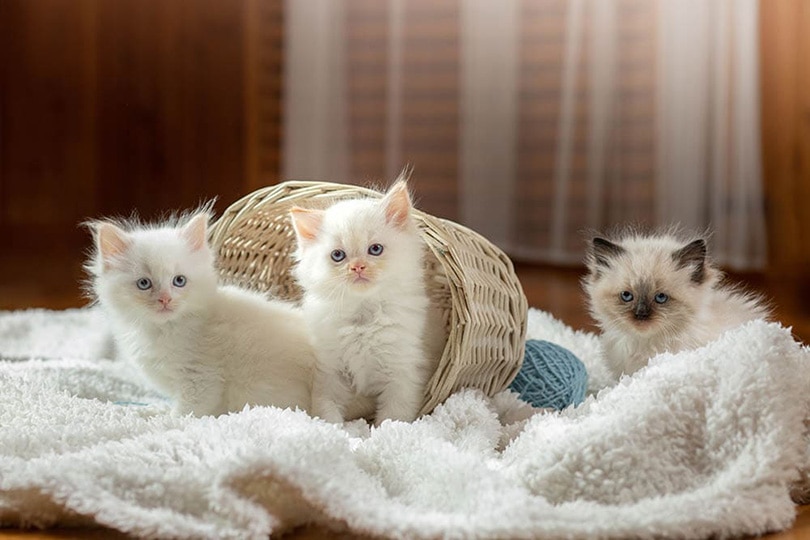
Short-Haired Vs Long-Haired Cats
Most of the time, long-haired cat breeds suffer from hairballs more often than short-haired cats. However, this doesn’t mean your short-haired cat will never have a problem. They can be just as likely to cough up hairballs as Maine Coons, Norwegian Forest Cats, or any other long-haired feline.
The 5 Tips for Preventing Hairballs
If your cat doesn’t have hairballs, you shouldn’t be worried. It often means their diet, lifestyle, and grooming habits are completely normal and don’t need to change.
You can still help them keep hairballs at bay for good though with a few handy tricks. These will work if your cat has a hairball problem too.
1. Develop a Grooming Routine
Perhaps the best way to prevent hairballs is by helping your cat with their grooming routine. By regularly brushing their fur, you’ll remove most of the dead and loose hair with the brush or grooming gloves. The less loose fur your cat has in their coat when they groom themselves, the less they’ll ingest.
With less hair in their digestive system, it’s more likely to leave with their next bowel movement instead of being coughed up as a hairball.
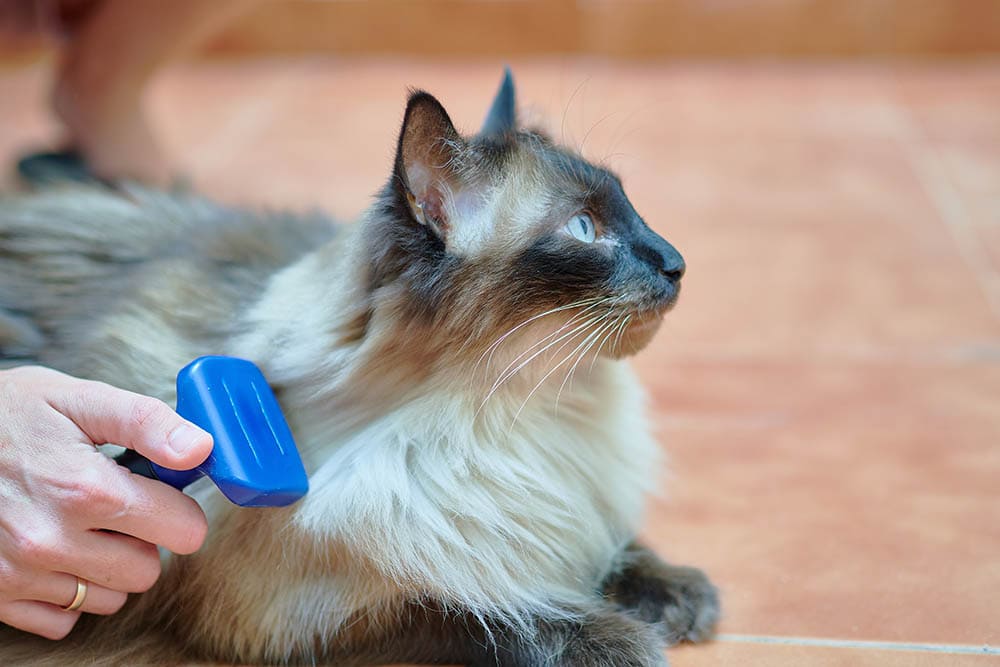
2. Hairball Treats or Gels
If your cat does suffer from hairballs, adding hairball control treats and gels to a balanced diet can help them out. Both remedies can be used alongside your cat’s regular food. As long as they don’t become a major part of your cat’s diet, they can be an effective way to spoil your cat a little and treat their hairballs at the same time.
3. High-Fiber Diet
Although a high-fiber diet isn’t necessary if your cat doesn’t have hairballs, there are a lot of cat food manufacturers that make formulas specifically for hairball control. While these high-fiber meals shouldn’t be used as your cat’s permanent meal plan due to side effects like dehydration and cystitis, the extra fiber can help give a boost to a struggling digestive system.
You should discuss diet changes with your veterinarian to ensure your cat is still receiving the nutrition they need.
4. Diagnose the Underlying Health Issue
Most commonly, hairballs aren’t frequent enough to be a cause for concern. Usually, it’s a one-off occurrence while your cat is otherwise perfectly healthy. If your cat coughs up an excessive amount of hairballs or is showing other symptoms like loss of appetite, behavioral changes, and lethargy, it’s time to visit a veterinarian.
Hairballs themselves can also be a symptom of over-grooming which can be caused by a variety of underlying health conditions from stress to allergies and infections. To tackle the hairball problem properly—and ensure your cat doesn’t suffer from the same problem again—you’ll need to treat the underlying health problem first.
To do this, you’ll need a veterinarian’s help in diagnosing why your cat is having a hairball problem. They’ll also give you a treatment plan and discuss dietary changes you can make to prevent future hairballs.
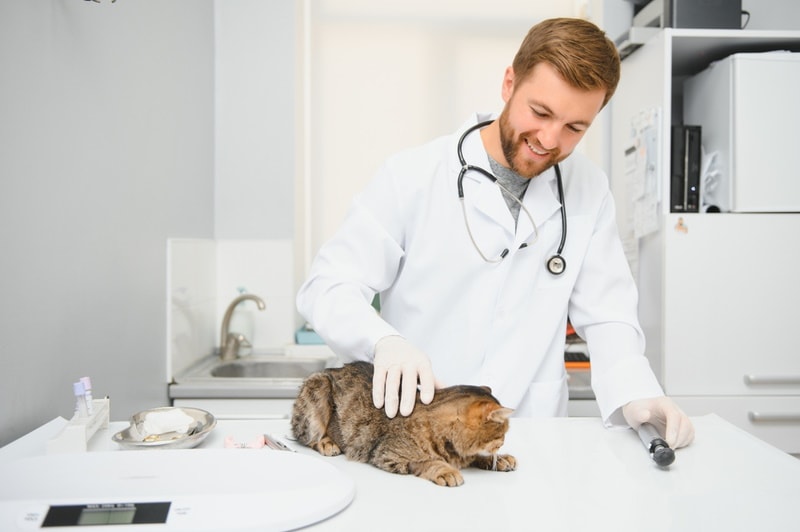
5. Encourage Hydration
The digestive system works best when you are properly hydrated and the same is true for your cat. It might be a challenge to make sure your cat drinks at all but you can help encourage them to stay hydrated by leaving a bowl of clean, fresh water within their easy reach. You can also try a cat fountain if your cat is only interested in drinking from a running tap.
Adding moisture to your cat’s meals can help too. Mix wet and dry food so your cat can benefit from the moisture content in the canned formula and still enjoy their favorite biscuits.
Conclusion
Most cat lovers have dealt with a few hairballs in their time as cat owners. However, never experiencing your cat coughing up a hairball isn’t a bad thing. Despite how common they are, hairballs aren’t a normal occurrence and are a result of an excessive buildup of hair in your cat’s digestive system.
If your cat doesn’t suffer from hairballs at all, don’t worry. The lack of hairballs means the hair they swallow during grooming sessions is harmlessly passing through their digestive system without a problem.
Related Read:
Featured Image Credit: RJ22, Shutterstock


